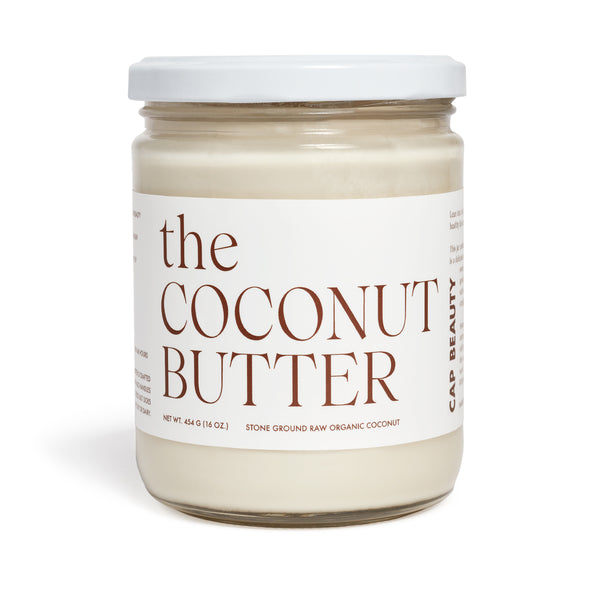How long did it take you to launch Binu Binu?
The line had been evolving in my mind for a while even before I decided to take the first steps. From concept to launch took about 6 months: inspiration boarding, formulating, testing. We launched in Fall 2015 with our web shop and reached out to a few key shops and gave out to friends for feedback.
Before Binu Binu, you were working for La Garconne. How was the switch going from fashion to skincare?
I find the two very intertwined, at least from the perspective I was coming from which involved looking at things like objects of beauty, each with their own story behind it. An amazing coat or a bar of soap, they can all exist within the same person’s vision of what is beautiful. The idea of apothecary objects in fashion boutiques is becoming more commonplace now, as people are looking at things like skincare products as part of an overall aesthetic style. That’s why I always envisioned Binu Binu in fashion/lifestyle shops, or beauty shops with a holistic understanding of personal style, rather than targeting more conventional skincare outlets.
One of the more unique ingredients in your soap is Boricha. Can you tell us more about that? What’s the history behind it?
Boricha is a traditional Korean tea made from a roasted barley infusion. It has amazing detoxification and antibacterial properties, and is rich in antioxidants. It forms the basis of all of our soaps – we use it as the water component of cold-process soap making, which is the method we use. Boricha is ubiquitous in Korean households, so much so that it is even referred to as “water”, it’s served hot in the winter and cold in the summer. I like the idea of using this amped up water in our formulations, not only for the detox effect but also for its reference to ritual and something that is woven into everyday life.
How is ritual important when it comes to Binu Binu?
Ritual is a really important aspect of personal care and cleansing, something that is definitely at the root of the collection. A major inspiration for the line is the ritual of the Korean bath house. They are really different from the typical North American idea of the spa, which usually has more of a focus on luxury, pampering, and indulgence, a Korean bath house has more of a pragmatic approach to bathing that is about social interactions, inter-generational bonding, and relaxation. While I was visiting Korea, my mother and aunts would go everyday for hours at a time. Since there was a language barrier in some cases for me, it was a wonderful way to bond with everyone. Probably the most famous part of the Korean bath is the “seshin” Korean body scrub treatment; it’s no-nonsense and extremely effective. We make both a bar soap and a body scrub inspired by this treatment but a more refined version for at home use, which is why I say that the line is inspired by both the private and public bath.
Is there anything significant about the size, shape and color of the bars? They are so beautiful!
Thank you! It was really important to me to develop a unique shape, something to elevate your standard bar of drugstore soap into a sculptural object for the bath. Some of the inspiration points were monoliths (I love their archetypal form, something that is universally present in our collective minds), plinths that you see in galleries or museums that support and elevate a piece of art, Donald Judd’s ‘Stacks’ series, even sticks of butter! The color palette happened naturally, since all of our soaps are free of artificial colorants, the bars all reflect the ingredients used, different clays, essential oils, and botanical infusions all color the soaps naturally. Maybe because they are all natural, the palette turned out harmonious.
What is your inspiration when it comes to making Binu Binu?
A large part of the inspiration behind Binu Binu comes from celebrating strong female characters in Korean culture. My mother, my aunts, my grandmother of course are all inspiration to me for their strength but also as I dove deeper into research, I discovered more and more female role models to draw inspiration from. For example, one of our most popular soaps, the Shaman Black Charcoal Soap, is inspired by “mudang”, who are female-only shaman who still exist in modern day Korea performing ceremonies to bring about good luck, health, and well-being. Also, Haenyeo, or “sea women”, are divers from the infamous Jeju Island, who swim tank-free in icy cold waters to collect the catch of the day. Most of them are in their 60s-80s now, which makes their physical strength all the more inspiring, but I love the idea that because of them Jeju Island became this matriarchal society where women were placed at the head of the household, and families celebrated the birth of girls which was a reversal of the norm. One of the most important lessons my mother taught me was to work hard and to support myself without relying on anyone else, so the story of the Haenyeo really resonated with me. Our Haenyeo Soap contains purifying black sea salt, sea tangle essence, and peppermint essential oil to evoke the soothing/brisk feeling of diving into the water, and is a nice way to reward yourself after a long day of hard work.


